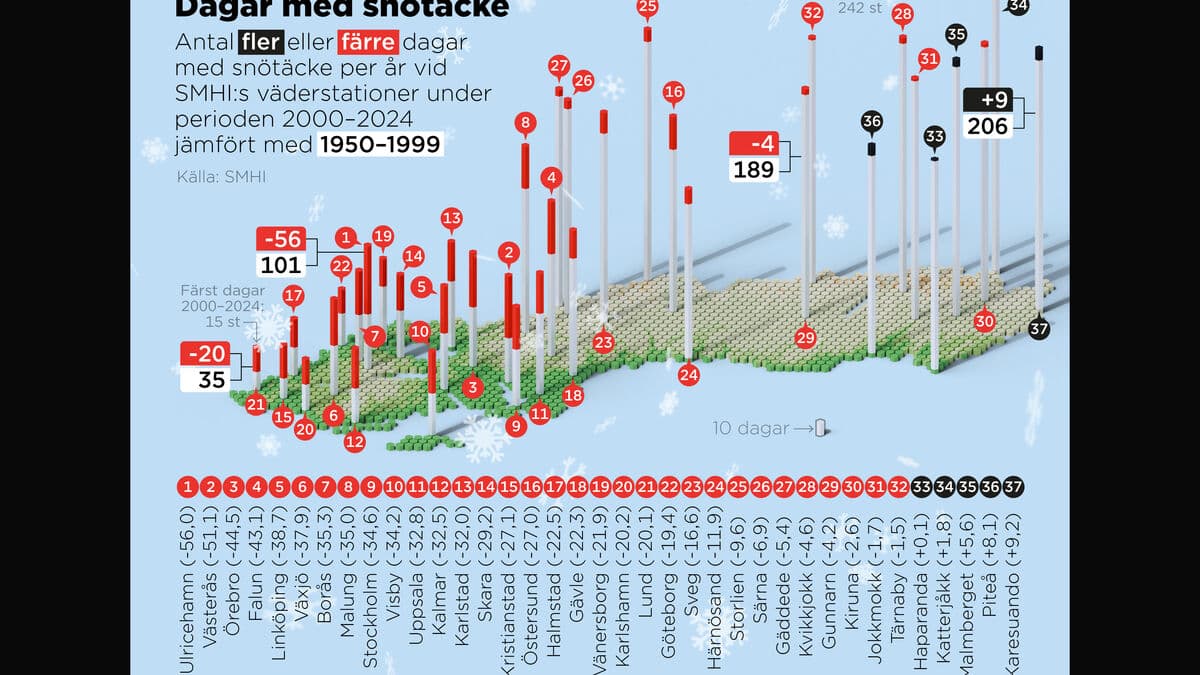Major investments in artificial intelligence (AI) and other technological leaps – such as blockchain technology – are about to redraw the financial world map. The four major Swedish banks' tight grip on payments, loans, and savings is being challenged, according to Ronit Ghose, global head of the American bank Citibank's think tank Future of Finance.
It's going to change. There will be new names, he says to TT.
The strength and endurance of different banks vary over time, and the financial products banks sell also change.
Worse for Swedish major banks
Large fintech companies like Stripe and Paypal are challenging globally. So is the Stockholm-based "buy-now-pay-later" specialist Klarna.
Klarna, ahead of what is expected to be a stock exchange listing in early 2025, is increasingly taking on the shape of a bank.
At the same time, tech giants like Alibaba, Apple, Google, and Samsung are swallowing up an increasingly large share of the distribution of financial services globally – despite not having to worry about the heavily regulated production of these services.
Ghose believes that Swedish banks are in a worse position than they were in previous major leaps in development. On the way from bank branches to internet banking, Nordic banks were in the lead. Not least the banks in Sweden, which was a more computerized country than any other. And when everything moved into mobile phones, Sweden was also in the forefront with its widespread mobile usage.
"A challenge"
But now, successful British fintech initiatives – such as Revolut and Monzo – have given British banks a significant boost when it comes to apps and technical development. Something that has not been seen to the same extent in Sweden.
When I look for the most interesting development in finance today, it's no surprise that I find it in other countries in the world than Sweden.
And when it comes to banks' investments in AI and new technology, banks in the US, China, and Southeast Asia are better off.
Simply due to the size of the budgets in the US. And when it comes to Asia – a different environment.
It is simultaneously primarily in China and the US that investments, research, and development are being made.
It will be a challenge for Swedish banks – or European banks in general – over the next ten years.





